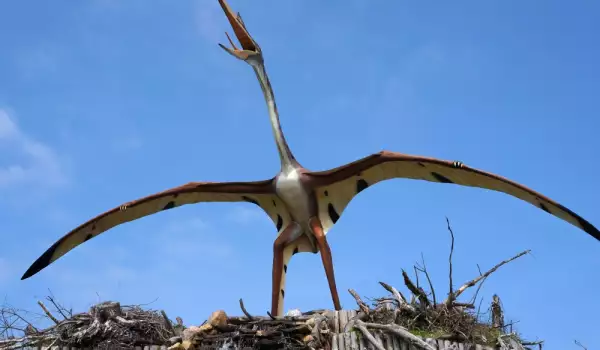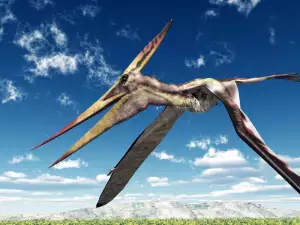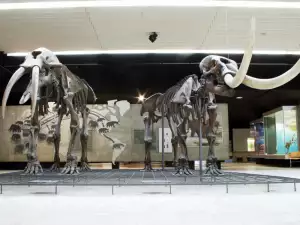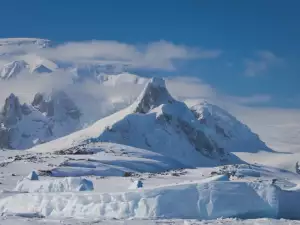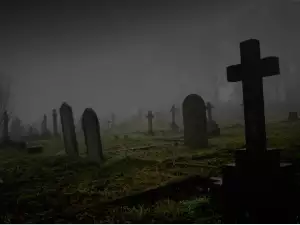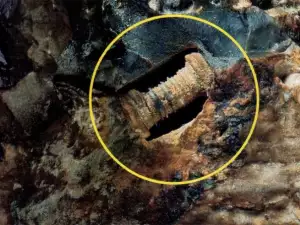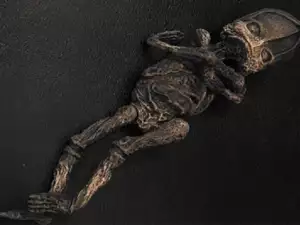Fossils of at least 47 pterosaurs of an unknown species were found by paleontologists in Brazil, inform the world news agencies.
The new species, that scientists have called Caiuajara dobruskii, lived in the southern part of present-day Brazil during the Cretaceous period, which was the 3rd and final period of the Mesozoic era (140-65 million years ago), explain the experts, quoted from the scientific journal PLOS ONE.
The uncovered remains belong to the young individuals, as well as older ones. This species of pterosaur had a wingspan of 25 1/2″ (65 cm) to 7 3/4 ft (2.35 m). This led the scientists to believe that they had come upon a species of prehistoric reptiles so far unknown to science.
After examining their find thoroughly, the scientists found that Caiuajara dobruskii significantly differed from all the other representatives of the Pterosauria order.
The newly discovered Caiuajara dobruskii had a bony crest on its head, very similar in appearance to the wing of a butterfly.
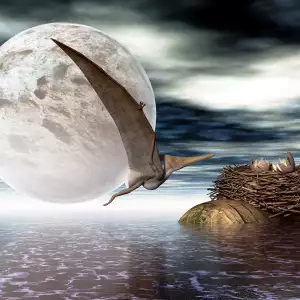
This crest stuck out at eye level and changed with time and the development of the individuals. In fact, the young and older pterosaurs were mainly distinguished by the size and angle of the bony crest formation on their skull.
In younger reptiles, the crest, similar to the wing of a butterfly, was significantly smaller and angled, while in adults, it was upright and fully formed.
Study of the fossils revealed that representatives of Caiuajara dobruskii lived in herds and inhabited lands around a lake, situated in the desert. According to the scientists, these prehistoric animals were able to fly at a young age.
So far, only 47 skeletons of the new species have been found but the paleontologists expect to find more.
The reason for the extinction of this pterosaur species is still not known, but it is believed that drought led to the deaths of most of them.
The possibility for this species to have died out during a powerful sandstorm in the desert has also not been ruled out, since these flying dinosaurs inhabited such areas, explain the experts.
